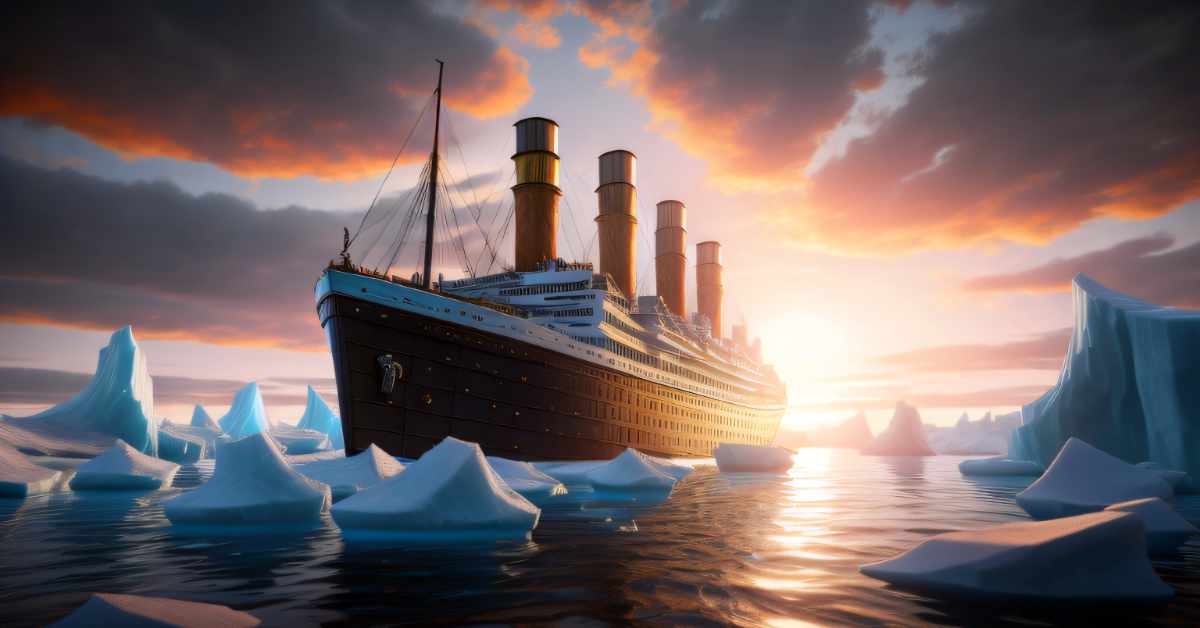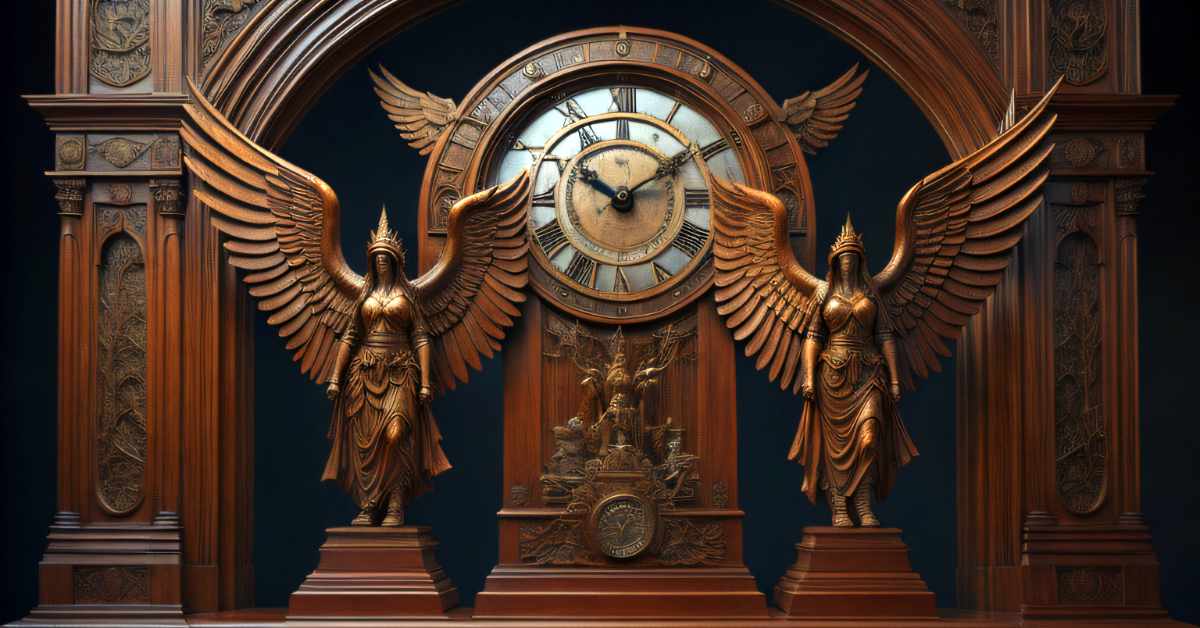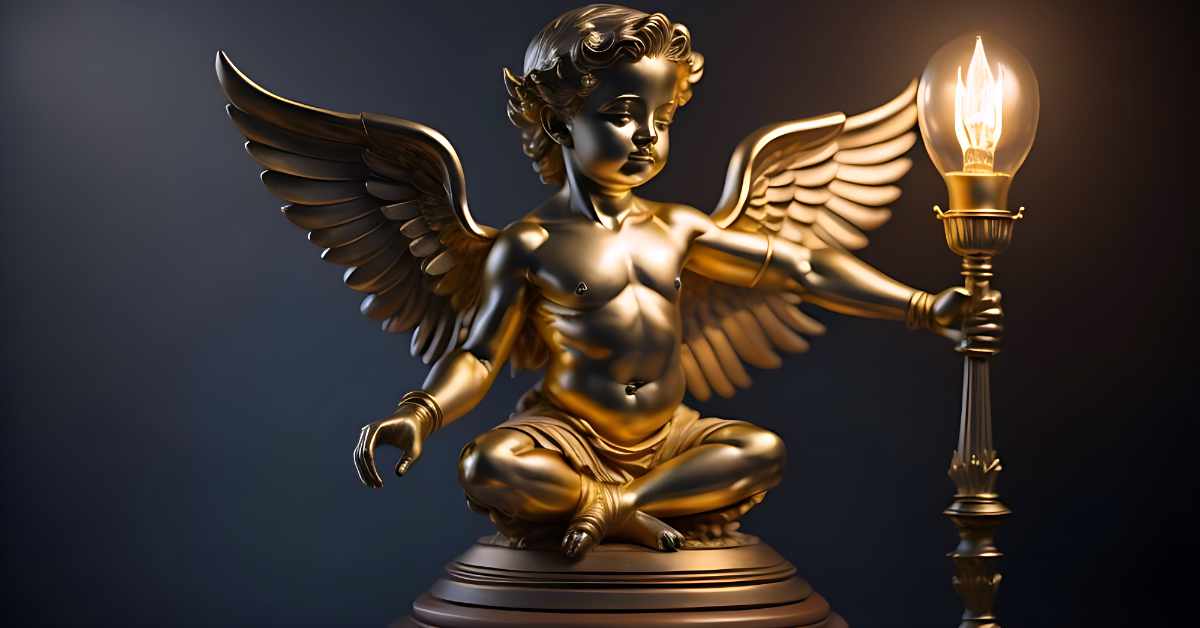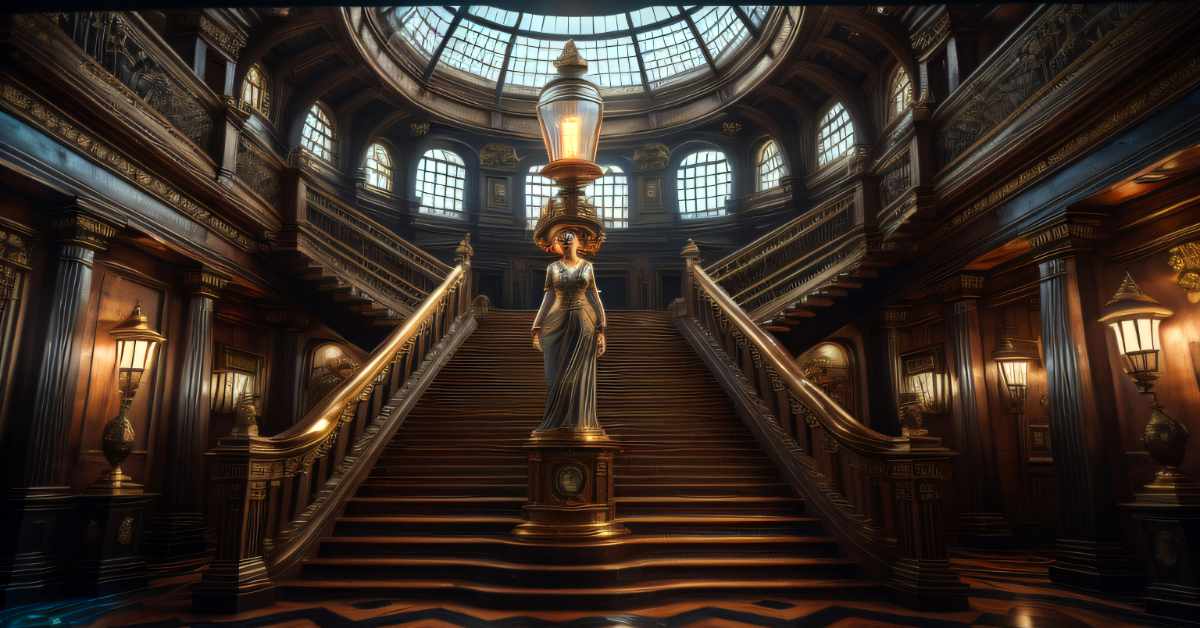An Experiment: How Would AI Interpret the Iconic Grand Staircase of the Titanic

Recently, the Titanic came up in conversation with friends, and I decided to embark on a personal challenge to interpret some of the iconic features of this ill-fated ship. To do so, I used a new to me AI art tool called Imagine, based on MidJourney. While the results aren’t perfect, they are still impressive and interesting enough to share.
I’ll present these interpretations in their raw form with lighting corrections only. I won’t attempt to fix any inaccuracies, such as the clock face or other elements. It’s important to note that these interpretations are made using an AI art tool and are not historically accurate. In fact, there are no known photographs of the Grand Staircase. The images available online are from The Olympic, the Titanic’s sister ship in the White Star Line, as both ships shared the same architecture and interior design teams. As such, they didn’t feel the need to take photos of the Titanic’s interior.
They Said The Titanic Was “Unsinkable”
Let’s start with a bite-sized history lesson, haha. The Titanic is perhaps one of the most famous ships in history. It was a brand new passenger liner that embarked on its inaugural voyage from England to New York in 1912. Tragically, the ship collided with an iceberg and sank, claiming the lives of over 1,500 people. This sad and tragic story serves as a reminder of the importance of caution and respect for the power of nature. Along with the links throughout my post, here’s another great source of historical information on the Titanic: Encyclopedia Titanica
Describing the entire iconic scene of the Titanic’s A Deck proved challenging for the AI to interpret. So, I decided to focus on individual details, starting with the clock. Unfortunately, no matter how I described it to the AI, the results didn’t closely resemble the original. However, I believe the general idea comes through.
“Honour and Glory Crowning Time”

At the central landing of the A-Deck staircase, a clock stood, accompanied by two beautifully carved allegorical figures symbolizing “Honour and Glory crowning Time.” Charles Wilson, the artisan who carved the central portion of this intricate panel above the First-Class Staircase, recalled that during the Titanic’s departure from Belfast, there wasn’t enough time to install a clock. As a temporary solution, a mirror was used until the actual clock could be put in place.
The Cherub and Torch Statue

Next, the gilt bronze Cherub Statue that adorned the base of the center banister on the Grand Staircase. There were actually two cherubs—one for the Grand Staircase and another for the “aft” staircase, which was a less elaborate version. The AI struggled to create an accurate representation, consistently adding more elaborate drapery, details, and larger wings than what can be seen of the “aft” staircase cherub. This is the one brought to the surface from the wreckage and the only one there’s actual pictures of. I did my best to convey the essence of the statue.
The Iconic Grand Staircase

The forward Grand Staircase stood as the crowning jewel among the Titanic’s opulent first-class public spaces. Stretching magnificently across two stories on the A-Deck, it boasted a splendid wrought iron and glass dome above, welcoming the daylight into the stairwell, creating a breathtaking ambiance during the daytime.
Determined to interpret the entire Grand Staircase scene, I made another attempt. However, the AI couldn’t quite capture the essence of the cherub. Despite describing it as a baby angel, it often appeared as an adult. Furthermore, the AI consistently mistook the torch for a large lantern and included windows, which there wouldn’t have been any in Grand Staircase area. Also, the place in front of the landing where the clock would have been was interpreted differently.
Fun but definitely challenging!
This was a fun yet challenging endeavor! I hope you enjoyed joining me in this experiment. If I were undertaking this as a serious project, I would have created even more of the fine details individually and skillfully composed them into a cohesive whole myself. I’m excited to further experiment with Imagine AI to create individual elements and components for my collage and composite work.
It may not seem like it, but it can be quite difficult to get an AI text-to-image tool to produce the exact image you envision. I’ve heard it said that there’s no skill involved in creating with AI. That’s not true at all, in my opinion. It takes a lot of time and refinement to get a text prompt that produces what you’re envisioning. The art is in learning how to describe what you’re trying to make to the AI and refining it to get it closer to your goal. That’s where human creativity and involvement come into play.






0 Comments